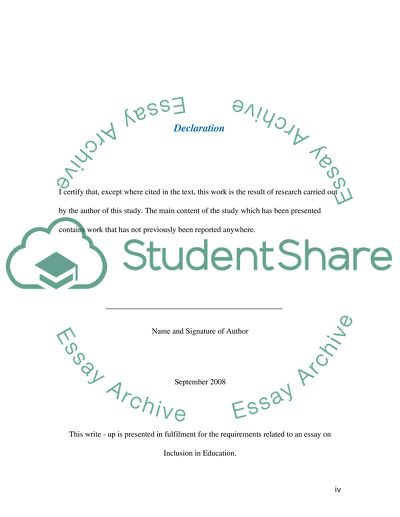Cite this document
(“Is Inclusion a Positive Movement Essay Example | Topics and Well Written Essays - 2500 words”, n.d.)
Is Inclusion a Positive Movement Essay Example | Topics and Well Written Essays - 2500 words. Retrieved from https://studentshare.org/miscellaneous/1547997-is-inclusion-a-positive-movement
Is Inclusion a Positive Movement Essay Example | Topics and Well Written Essays - 2500 words. Retrieved from https://studentshare.org/miscellaneous/1547997-is-inclusion-a-positive-movement
(Is Inclusion a Positive Movement Essay Example | Topics and Well Written Essays - 2500 Words)
Is Inclusion a Positive Movement Essay Example | Topics and Well Written Essays - 2500 Words. https://studentshare.org/miscellaneous/1547997-is-inclusion-a-positive-movement.
Is Inclusion a Positive Movement Essay Example | Topics and Well Written Essays - 2500 Words. https://studentshare.org/miscellaneous/1547997-is-inclusion-a-positive-movement.
“Is Inclusion a Positive Movement Essay Example | Topics and Well Written Essays - 2500 Words”, n.d. https://studentshare.org/miscellaneous/1547997-is-inclusion-a-positive-movement.


